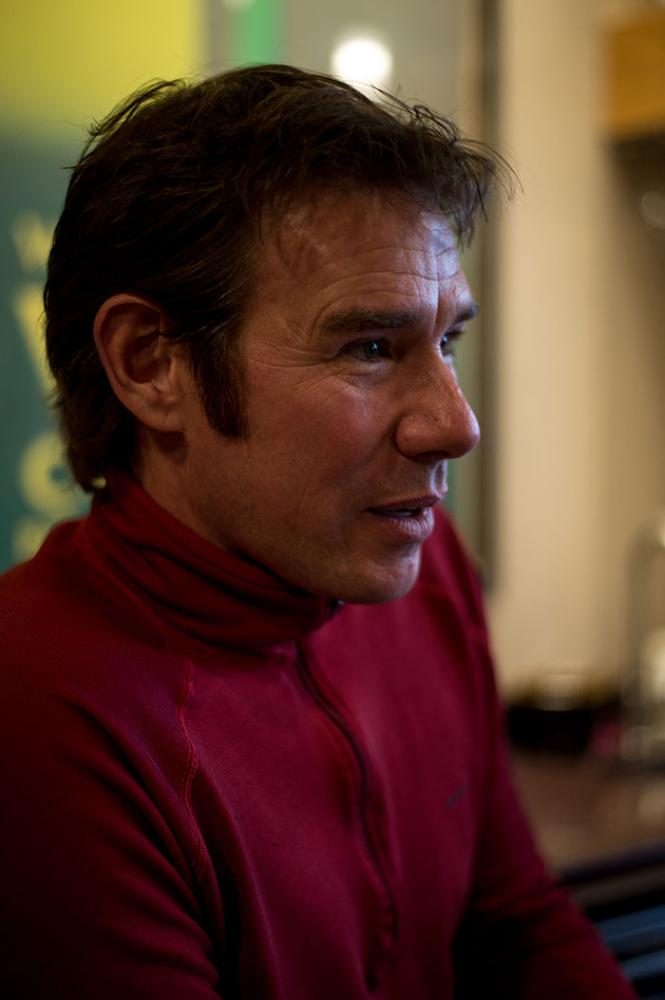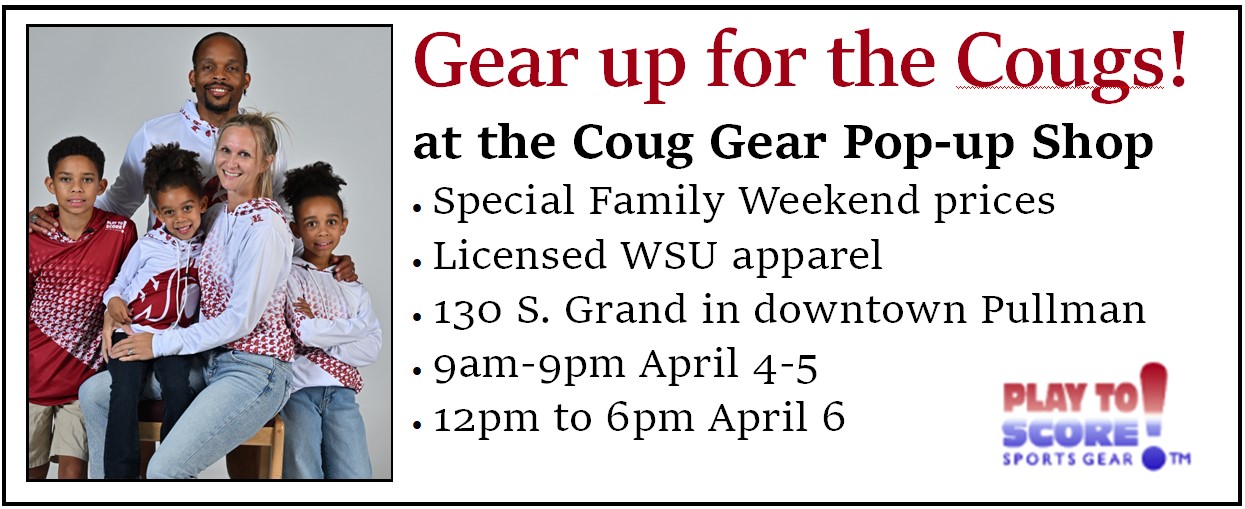From hobbyist to winemaker: Patrick Merry’s wine cellar
March 9, 2017
Amid the bars, breweries and Busch Light shines a beacon of hope for local wine lovers: Merry Cellars Winery. Their rich, full-bodied and smooth wines show customers just how much passion it takes to truly be great at a craft.
Merry Cellars owner and operator Patrick Merry started his winemaking career after he moved to the Palouse from Montana to pursue a graduate degree in computer science. He said he has always had an interest in wine from a consumer point-of-view. When he came to Pullman, Merry realized he was close enough to vineyards to try his hand at winemaking.
“I was a hobbyist for a couple of years, making wine in my basement,” Merry said. “My friends and family were very supportive, of course. I’m giving them the wine [for free], so the value proposition is infinite, right? When you don’t pay for it, even a mediocre product is OK.”
Merry said his family and friends then told him to open a winery. So, he took an 18-month crash course in winemaking, wine chemistry and viticulture, before taking a leap of faith to start Merry Cellars in 2004.
Originally located in the old post office where Paradise Creek Brewery currently operates, Merry Cellars expanded to its new location at Henley Court in 2009.
Merry said he mainly specializes in red wines, but about 20 percent of what he makes is white wines.
Merry is also working on a new rosé, which will be bottled on March 25. The new product is a combination of two other wines, a rosé of Mourvèdre and a rosé of Syrah.
The winery sources its grapes from around the Northwest. Merry said he usually selects grapes that are used by other wineries he respects and admires.
Once Merry gets the fruit, the grapes must go through a process called “crush.” This is when Merry, his co-workers and volunteers go through the grapes by hand to remove “M.O.G.,” or “material other than grapes” such as leaves, mold or mildew, and any over-ripe or under-ripe fruit.
After the fruit has gone through crush, the fermentation process can begin. Depending on the type of wine you wish to make, the juice goes through different steps, Merry said.
“All wine grape juice is very clear, colorless,” he said, “and actually kind of cloudy just because you’ve got a lot of dissolved solids, but it doesn’t have any color to it. All of your color, and a lot of your flavor, actually comes from the skins.”
The difference between the types of wine come entirely from the fruit that is used, Merry said.
“What makes Syrah different from Merlot, it’s [like] the difference between a Granny Smith and a Golden Delicious,” he said. “They’re both apples, but their texture is different, the flavor is different, the thickness of the skin is different, the physical size. Totally different beasts.”
When making a red wine, brewers leave the juice in with the seeds and skins for up to 14 days. During this time, the molecules responsible for the color of the grape leach out of the skin into the young wine. At the end of this primary fermentation process, they remove the skin and seeds and put the juice into a barrel to age for a year-and-a-half to two-and-a-half years, Merry said.
To make a white wine, brewers immediately press the juice after crush, without letting any primary fermentation happen so the liquid does not spend time in contact with skin or seeds, he said.
The different flavors in wine can come from several places, Merry said. Mostly, the flavor of the wine comes from the grape itself. However, the barrel the wine is stored in can give it some additional flavor.
The oak barrels go through a process called “toasting,” where they are charred on the inside over an open flame, Merry said.
“Depending on the temperature and the length of time that it’s exposed to the flame, you’re changing the chemistry of the wood,” he said. “And that’s where you get the vanilla, the butterscotch, maybe the cinnamon [flavors]. Those are all imported from that toasting process.”
Once the wine has finished aging in the barrel, it is bottled and then ready to sell. Merry Cellars’ first bottling of the year starts March 25, and bottling will likely continue non-stop until the beginning of June.
They then distribute wine to businesses around town, including Café Moro and Birch & Barley, said Chelsey Hall, a co-worker of Merry’s at the winery.
“We wouldn’t be where we are without the local support of the Pullman community,” Merry said.











